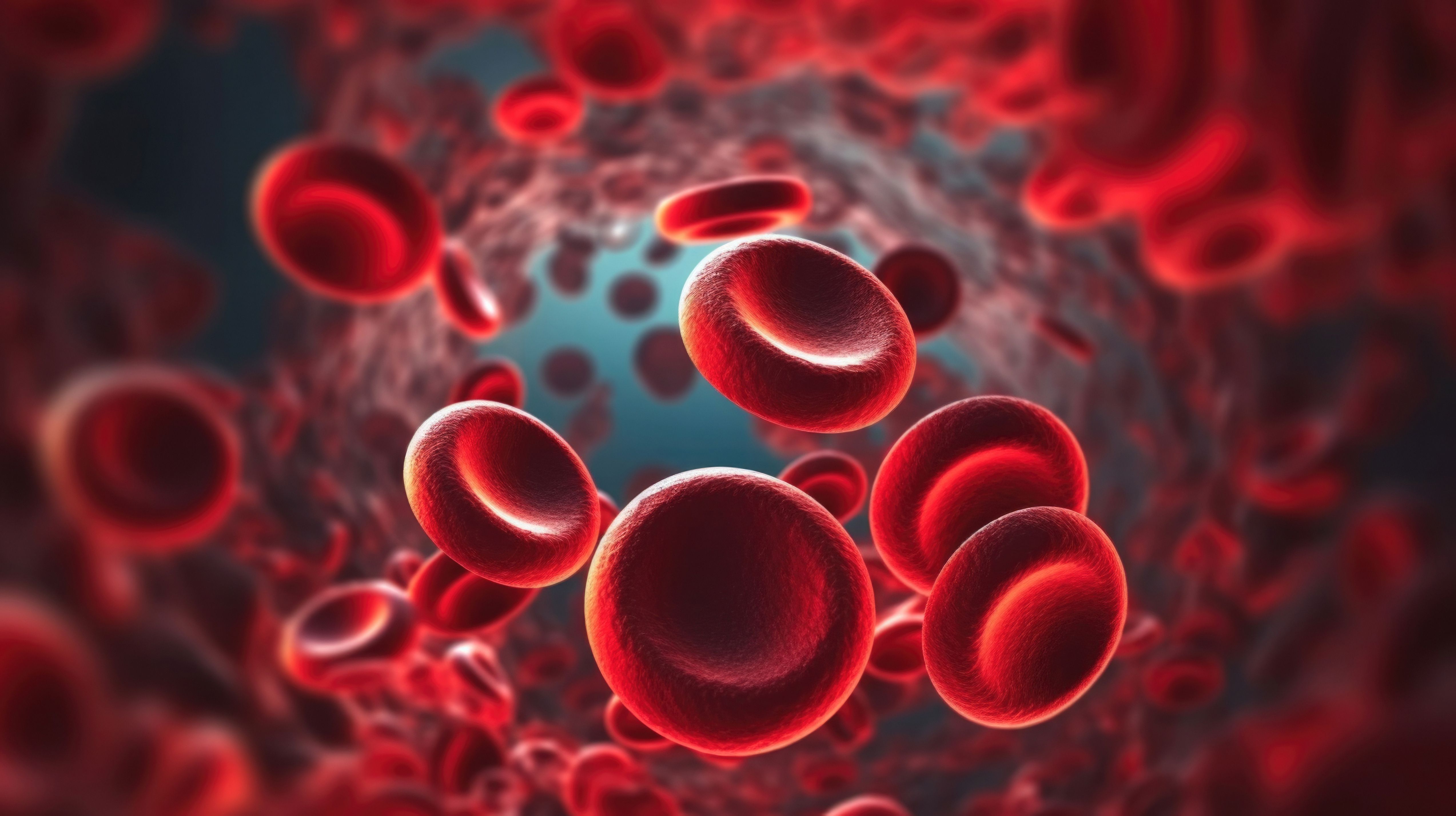News
Article
Depth of Responses, PFS in Transplant-Ineligible Patients Match Overall Findings in CEPHEUS
Key Takeaways
- The CEPHEUS trial shows D-VRd regimen significantly improves outcomes in transplant-ineligible NDMM patients, with higher MRD negativity and complete response rates compared to VRd.
- Median PFS was not reached for D-VRd, indicating prolonged disease control, while VRd had a median PFS of 49.6 months.
Quadruplet therapy is now the accepted standard for patients newly diagnosed with myeloma who are ineligible for transplant; there is debate whether all newly diagnosed patients should have this regimen.
An analysis from the CEPHEUS trial shows that patients newly diagnosed with multiple myeloma (NDMM) who were not eligible for transplant and received a daratumumab-based regimen had deep and durable responses, with median progression-free survival (PFS) not reached after almost 5 years.1
This new look at CEPHEUS data came during an oral abstract session Monday at the American Society of Clinical Oncology annual meeting. The study’s lead author, Saad Z. Usmani, MD, MBA, of Memorial Sloan Kettering Cancer Center, presented data that showed patients who were transplant ineligible made up 73.2% of the CEPHEUS population and had outcomes on par with the overall group.
Saad Z. Usmani, MD, MBA | Image credit: MSKCC

Usmani presented CEPEHUS (NCT03652064) in September 2024 during the International Myeloma Society annual meeting. Results showed a complete response (CR) or better rate of 81.2% and an estimated PFS of 68.1% at 54 months, among a mixed group of NDMM patients who were treated with subcutaneous daratumumab (Darzalex Faspro; Johnson & Johnson) and a backbone of bortezomib (Velcade), lenalidomide (Revlimid) and dexamethasone (D-VRd).
The quadruplet is FDA approved in frontline treatment of multiple myeloma.
Patients in CEPHEUS were either ineligible for a hematopoietic stem cell transplant or deferred a transplant. The trial found patients treated with D-VRd had better outcomes than those given VRd; the trial was among the first to use a measure of minimal residual disease (MRD) as its primary end point; this also favored D-Vrd.
Results were later published in Nature Medicine, where authors wrote, “The present study supports D-VRd quadruplet therapy as a new standard of care for transplant-ineligible or transplant-deferred NDMM.”2
However, there has been interest in isolating data for transplant-ineligible patients, as there is considerable debate among myeloma specialists on the merits of swapping quadruplet therapy for transplant among those eligible in frontline care. Deferral remains an uncommon strategy, the authors of Monday’s abstract noted.
At the May gathering of the Institute for Value-Based Medicine® in Philadelphia, Pennsylvania, Alfred Garfall, MD, of Penn Medicine said that while frontline use of daratumumab-based quadruplets is justified in transplant-ineligible patients, there are questions about a “wholesale change” for all NDMM patients.
CEPHEUS enrolled patients with an Eastern Cooperative Oncology Groups performance status of 0 to 2, and an International Myeloma Working Group (IMWG) frailty score of 0 or 1. This new analysis assessed MRD negativity at least 12 months apart without MRD positivity in between among the CEPHEUS transplant-ineligbile population.
Of 395 patients, 289 were transplant ineligible, with D-VRd given to 144 and VRd to 145. Baseline characteristics for those transplant ineligible were generally well balanced between the D-VRd and VRd groups.
“In this post-hoc analysis, our results show consistency,” Usmani said, with overall MRD negativity, 12-month sustained MRD negativity, and 24-month sustained MRD negativity rates being higher in the D-VRd arm than the VRd arm.
In addition, he said, the PFS benefit was also greater for D-VRd in the transplant ineligible population, “with the risk of disease progression or death being reduced by 49%.”
Results showed the following among transplant-ineligible patients:
- Patients in the transplant-ineligible vs intent-to-treat (ITT) population were older (72 vs 70 years) and a higher percentage were intermediate fit per IMWG criteria (41.2% vs 35.2%).
- The D-VRd and VRd groups were well-matched on age, ECOG status, disease stages, and highUsmani noted that a higher share of the D-VRd population vs VRd was frail (33.3% vs 24.9%).
- Overall MRD negativity rate at 10−5 was 60.4% for D-VRd and 39.3% for VRd, for an odds ratio (OR) of 2.37 (95% CI, 1.47–3.80; P < .0001). At 10−6, MRD negativity also favored the D-VRd regimen, at 45.8% vs 26.9% (OR, 2.28; 95% CI, 1.40-3.73; P = .001). In his presentation, Usmani noted that MRD negativity advantage for D-VRd was sustained at ≥1-year and ≥2-years.
- Overall rate of CR or better was 80.6% vs 61.4% (OR, 2.73; 95% CI 1.71-4.34; P < .0001)
- At 58.7 months median follow-up, median PFS was not reached for D-VRd and 49.6 months for VRd, and the 54-month PFS rate was 69.0% vs 48.0% (HR, 0.51; 95% CI, 0.35-0.74; P = .0003)
- The trend toward overall survival favored D-VRd vs VRd (HR, 0.66; 95% CI, 0.42-1.03; after censored for deaths due to COVID-19, results were HR, 0.55; 95% CI, 0.34-0.90).
- Safety profile was consistent with ITT and the known profile for daratumumab subcutaneous and VRd.
The authors concluded that among the transplant-ineligible population in CEPHEUS, nearly 70% of patients were alive and progression free for 4.5 years, and that the data breakout supports the strong efficacy of D-VRd in this population.
References
- Facon T, Zweegman S, Hungria V, et al. Daratumumab plus bortezomib, lenalidomide, and dexamethasone (D-VRd) in patients with newly diagnosed multiple myeloma (NDMM): Subgroup analysis of transplant-ineligible (TIE) patients in the phase 3 CEPHEUS study. J Clin Oncol. 2025;43(suppl 16). doi:10.1200/JCO.2025.43.16_suppl.7516.
- Usmani SZ, Facon T, Hungria V, et al. Daratumumab plus bortezomib, lenalidomide and dexamethasone for transplant-ineligible or transplant-deferred newly diagnosed multiple myeloma: the randomized phase 3 CEPHEUS trial. Nat Med. 2025;31(4):1195-1202. doi:10.1038/s41591-024-03485-7
Newsletter
Stay ahead of policy, cost, and value—subscribe to AJMC for expert insights at the intersection of clinical care and health economics.

The Importance of Examining and Preventing Atrial Fibrillation




